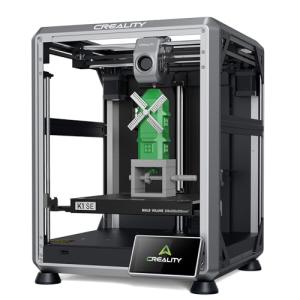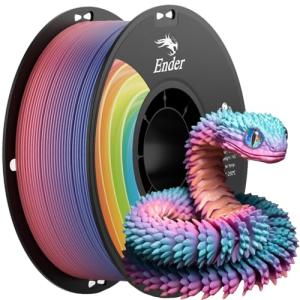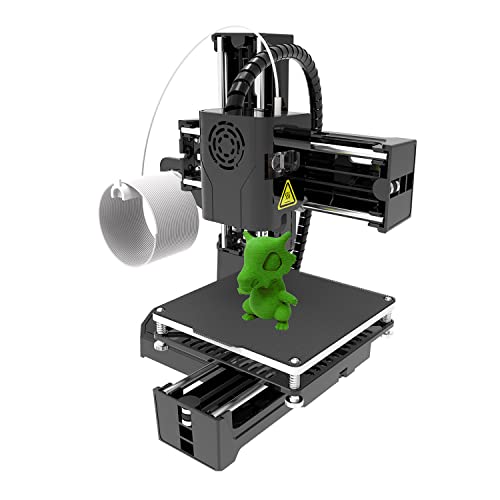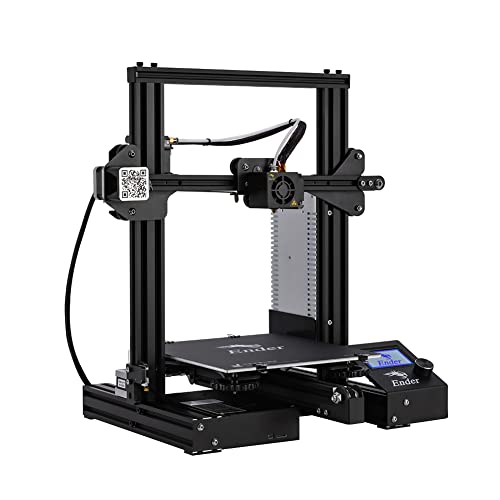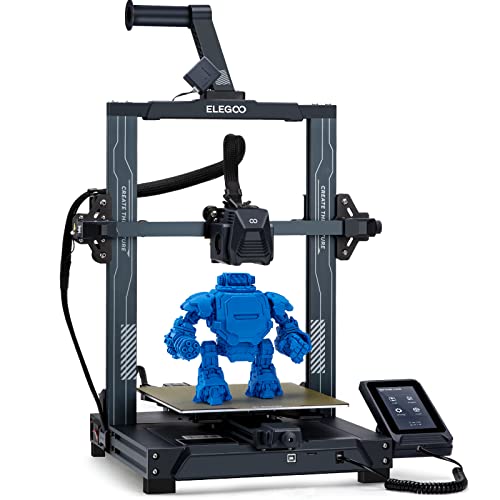If you’re diving into the world of 3D printing, you’re in for a fun ride! 3D printers for beginners make it super easy to bring your ideas to life, whether you’re creating awesome toys, cool prototypes, or just playing around with design. To get started, there are a few key things you’ll want to consider to make your journey smooth and enjoyable.
First up, pick the right printer. There are tons of options out there, but not all are beginner-friendly. Look for a printer with a solid build quality, simple setup, and great support from the manufacturer. Models like the Creality Ender 3 or the Anycubic i3 Mega are popular choices. They’re reliable, have a large online community, and come with plenty of tutorials to help you along the way.
Once you have your printer, you’ll need filament, which is the material used for printing. The most common type is PLA, which is easy to work with and comes in tons of colors. It’s a great starting point because it sticks well, doesn’t warp easily, and gives you good results on your first prints. As you get more comfortable, you can explore other materials like ABS or PETG.
Now let’s talk software. You’ll need a slicer to turn your 3D model into something the printer can read. Software like Cura or PrusaSlicer is user-friendly and packed with features. It lets you adjust settings like layer height and fill density, so you can customize your print for whatever project you’re tackling.
Finally, don’t forget to join a community. Whether it’s online forums or local groups, connecting with others who are into 3D printing can be super helpful. You can share tips, troubleshoot problems, and even find cool designs to try out. With all these tools and resources at your disposal, you’re ready to embrace the exciting world of 3D printers for beginners!
Choosing the Right 3D Printer
Picking the right 3D printer can feel overwhelming, especially if you’re just starting out. With so many options out there, it’s important to find a printer that fits your needs. Think about what you want to create—are you into tiny detailed models or larger projects? Different printers handle different jobs, so knowing your goals helps a lot.
One key factor to consider is the type of filament you want to use. Filament is the material used in 3D printing, and common types include PLA and ABS. For beginners, PLA is a great choice. It’s easy to work with, won’t warp, and comes in a variety of colors. ABS can be tricky since it requires a heated bed and can emit fumes, so it’s usually best left for those with a bit more experience.
Next, think about the printer’s build size. This is basically how big your objects can be. If you plan to create larger items, make sure your printer has a spacious build area. On the flip side, if you’re sticking to small designs, a compact printer will do just fine and often comes with a lower price tag.
Don’t forget about ease of use! Features like an intuitive interface and the availability of customer support can make your journey way smoother. Check for models that include a touchscreen, as they tend to offer a more user-friendly experience. And if you can, look for a printer that’s already assembled. That'll save you from spending hours figuring out how to set it up!
Creality K1 SE Auto-Leveling 3D Printer for Beginners
Experience hassle-free printing with the Creality K1 SE, designed specifically for newcomers to 3D printing
Product information
$299.00 $249.00
Product Review Score
4.94 out of 5 stars
140 reviewsProduct links
Essential Tools for 3D Printing
If you're diving into the world of 3D printing, having the right tools can make the journey smoother and more enjoyable. Whether you’re just getting started or looking to enhance your setup, here are some essential tools that every beginner should consider.
First up, a good pair of tweezers is invaluable. You’ll need them to remove prints from the build plate or tidy up your filament paths. They help you reach those tricky spots without risking damage to your prints. Plus, a cutting tool, like scissors or a utility knife, is great for trimming excess filament or supports from your models.
Don’t overlook the importance of a small scale! It’s perfect for weighing filament before you start a print. This way, you won’t end up midway through a project only to realize you’re running low on material. A digital caliper is also a handy investment. It helps you measure your prints accurately and ensure they meet your design specs.
Lastly, consider a good print surface. Many beginners underestimate this, but the right surface can drastically improve print adhesion and quality. Plus, using a surface that’s easy to clean saves you a ton of time. Whether it's a glass bed or a specialized adhesive surface, it will make a big difference in your 3D printing experience.
These tools are fantastic for anyone exploring 3D printers for beginners. They’re practical, helpful, and will set you up for success as you start creating amazing 3D prints!
Rainbow PLA+ Filament for 3D Printers 1kg
Vibrant colors and strong performance for all your 3D printing projects
Product information
$25.99 $21.99
Product Review Score
4.42 out of 5 stars
102 reviewsProduct links
Tips for Successful 3D Printing
Getting started with 3D printers for beginners can be exciting but a bit tricky. Here are some straightforward tips to help you navigate your new hobby like a pro!
First off, always choose the right filament. Different projects require different materials, so make sure you have the right type in hand. PLA is a great starting point for beginners because it's easy to work with and doesn’t warp much. If you’re feeling adventurous later, you can explore ABS or PETG for even greater durability.
Next, setting up your 3D printer properly is key. Level the print bed before each use. A perfectly leveled bed ensures that your prints stick well and come out looking sharp. Don’t skip this step! It can save you a lot of headaches down the line.
Also, try to print with a lower speed when you start. Slower speeds can give you cleaner prints since there’s less chance for errors. You can always increase the speed once you gain more confidence and experience. Finally, be patient. Some prints can take hours, so don’t rush the process and take your time to enjoy the journey of learning about 3D printers for beginners.
